
In any entertainment medium, there will be commonly shared traits such as genre, plot progression, character type, and setting. When these traits are repeated within a community to the point of repetitiveness, they’re often identified as tropes; tropes are narrative devices that creators utilize to present ideas, shape the world, or move the plot in a certain direction. While tropes aren’t inherently good or bad, there’s certainly contention among fans when discussing the popular tropes found in a specific medium or genre. Think of the typical disdain centered around chosen one concepts, or the back-and-forth on whether love triangles serve to enhance the storyline.
Anime is no different from most types of media in that it has its own distinct and varied tropes that all fans will likely be familiar with. While some can be as small and insignificant as nosebleeds whenever a character sees someone they find attractive, they can also be as encompassing as the power of friendship used to overcome obstacles. It’s impossible to claim everyone will love or hate a certain trope, as opinions vary, and some series can make great use of an overused trope; that being said, in this list, we’re looking to explore five awesome anime tropes that most fans can agree should never fall out of trend.
5) Morally Grey Characters
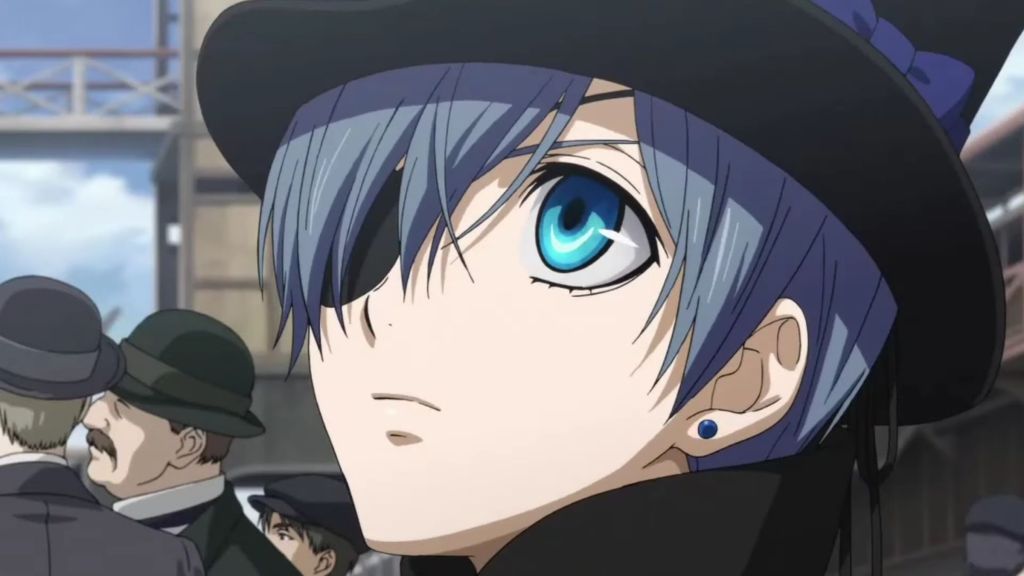
If there’s one trend in anime that’s been growing consistently over the past decade, it’s got to be the appearance of more morally grey characters, especially in relation to protagonists and heroic figures. There used to be a more black and white approach to morality in anime, with the main hero sporting a virtuous, justice-driven point of view. And while there’s certainly nothing wrong with a law-abiding character, or a villain who enjoys being evil primarily for the sake of it, that can grow boring after a certain amount of time. After all, how often can we truly state real humans are strictly good or bad? The reality is that everyone has the potential for great harm or great good, and anime is finally reflecting that.
Characters that heavily reflect this trope are Ciel Phantomhive from Black ButlerOsusalem of Osamu Darkai from Bungo Stray DogsHey from Darker Than Blackand Lelouch Lamperouge from Code Geass. Similar to morally grey characters, this trope has also opened doors for things like main characters that lean towards the dark, such as Eren Yeager or Light Yagami. This trope allows audiences to delve into the psyche of characters who go beyond surface-level instincts or morals, and often that makes for a more engaging watching experience.
4) The Dynamic Trio
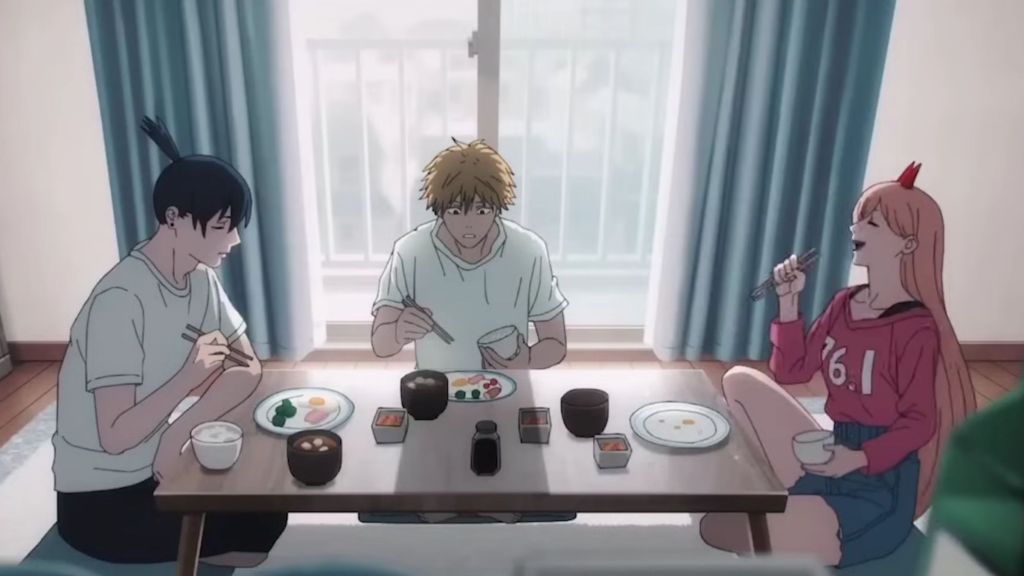
A good friend group in any story makes for easy ways to establish strong character connections, motives, and development. Anime turns friendship into a trope by introducing the concept of a trio as the main characters in the story. These three characters will typically be the ones that undergo the most trials and tribulations, challenge the villains, and showcase exactly what the story’s creator is intending to communicate to the audience. There’s also just something captivating about a friend group that sticks together through thick and thin, growing and becoming stronger side by side.
Examples of the classic trio trope could be: Yuji, Megumi, and Nobara from Jujutsu KaisenRocket, Aki, and Denji from Chainsaw Manand Tanjiro, Zenitsu, Inosuke from Demon Slayer. While these are modern examples of trios that tend to be praised for healthier dynamics and friendships, we can’t forget older trio groups such as Sakura, Naruto, and Sasuke from Naruto, or Ash, Misty, and Brock from Pokémon. Fans love to see the complex threads that tie a group together, and trios can quickly and succinctly establish characters whose interactions make the show worth watching.
3) The Transformation Sequence
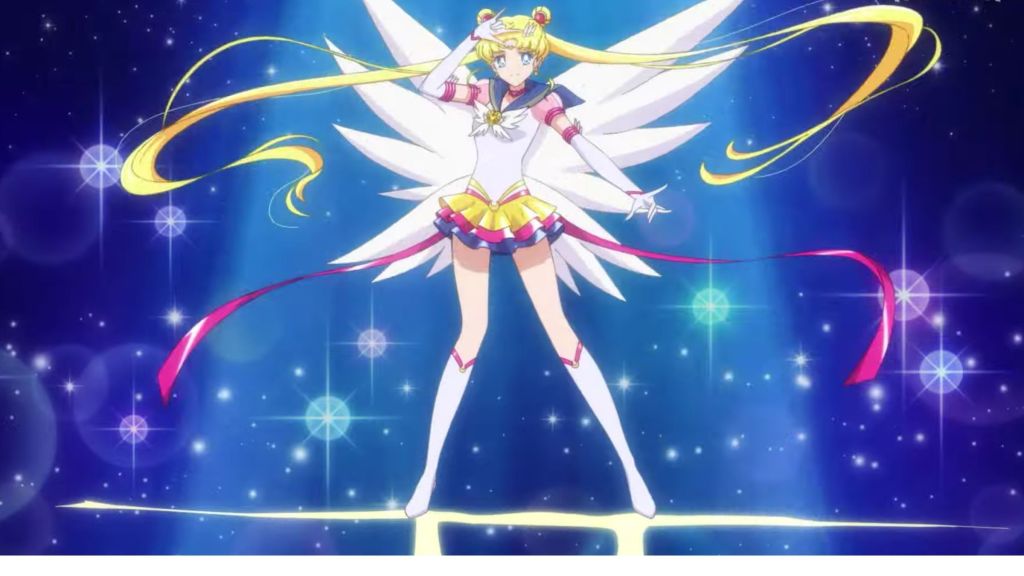
The transformation sequence is probably the most controversial choice on the list, with some fans tending to dislike it and others loving it. Transformation scenes depend heavily on the anime and how they’re utilized, along with how often they’re inserted throughout the plot. If every episode has a lengthy, static sequence of watching the main character turn into their alter-ego, then it can be stale and repetitive to watch. If they’re done correctly, audiences will have memorable transformation shots that can make use of unique animation and compelling art that enhances the viewing experience.
One of the most famous anime known for its transformation sequences is Sailor Moonthough it would be wrong to ignore the influence magical girl anime has had on this trope as a whole. There are also awesome examples of transformations in shonen anime such as My Hero Academia, Jojo’s Bizarre Adventureand, of course, the Dragon Ball franchise. The transformation trope is honestly just an easy way to hype viewers for an incoming fight scene or power-up, giving a visual representation for what the character is experiencing as they grow stronger or change with their powers.
2) Found Family
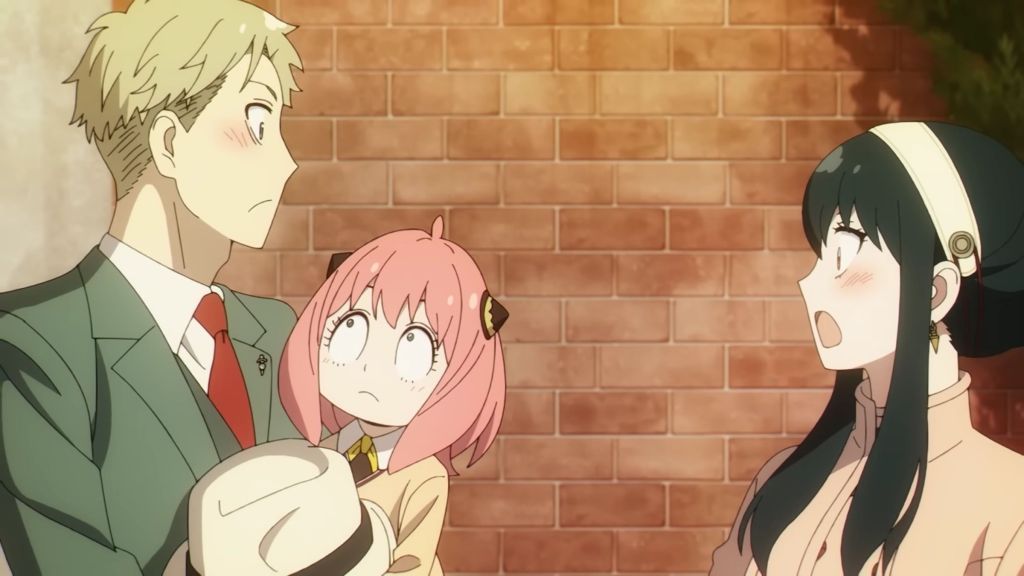
The found family is a trope that has only recently been identified for what it is, and previously was not recognized by most audiences who watched anime. Lately, there’s been more emphasis and recognition in the media that places weight on the idea of forging connections with people who respect, care for, and support you, in the way that family should. Often, found family fills a hole that characters lack due to previous trauma, abandonment, or abuse they faced in other aspects of their lives. It’s a comfort trope that lets fans know they’re not alone and will find their people one day, the same way their favorite characters did.
Popular examples of found family tropes in anime series can be found in shows like Spy x Family, The Promised Neverlandand Hunter x Hunter. One of the most well-known series praised for perfecting this trope is One Piecewith the Straw Hat Pirates embodying both a crew and a family that was forged through facing different obstacles together. The fact that found family anime can encompass so many different dynamics and side arcs also means it’s a trope that doesn’t grow boring or repetitive easily.
1) The Hero Nobody Expects
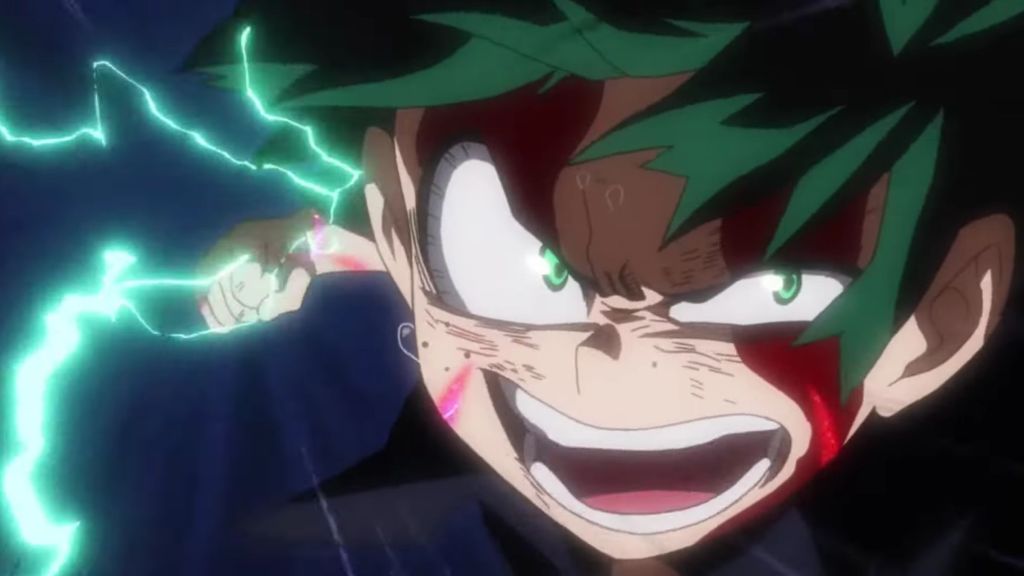
An anime series is only as good as the main character’s journey, development, and ending. In the past, the popular trope for protagonists centered around that of the “chosen one”, a character born to be the savior or to inherit some form of power. The new trope fans love is that of the unlikely hero, a sort of antithesis to the chosen one narrative. This trope includes a hero who isn’t the likely main character you’d think of; that could be because of background, strength, personality, or even moral views. It could even be classified as a type of trope subversion or genre deconstruction.
Unlikely heroes that you might be familiar with include Shinji Ikari from Neon Genesis EvangelionOsamu Mikumo from World Triggerand Simon from Gurren the song. These characters make fans root for the underdog, perhaps seeing more of themselves in characters that don’t begin the story with title, power, or genius intellect. Watching the average person grow into their role as a hero and come to terms with that status will always make a stronger storyline that compels us to watch until the plot’s conclusion.
Are you a fan of these anime tropes? Leave a comment below and join the conversation now in the ComicBook Forum!